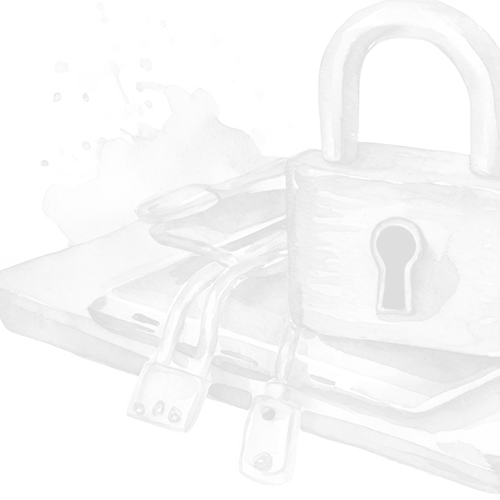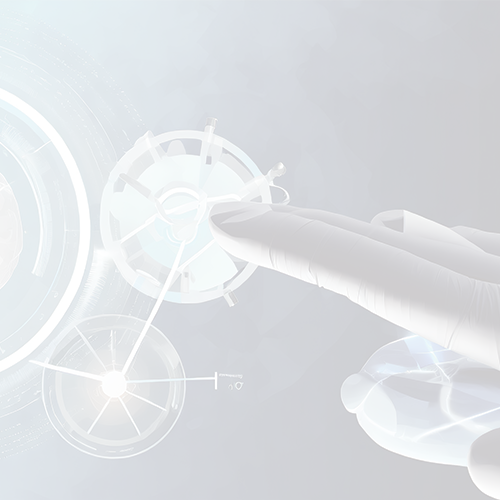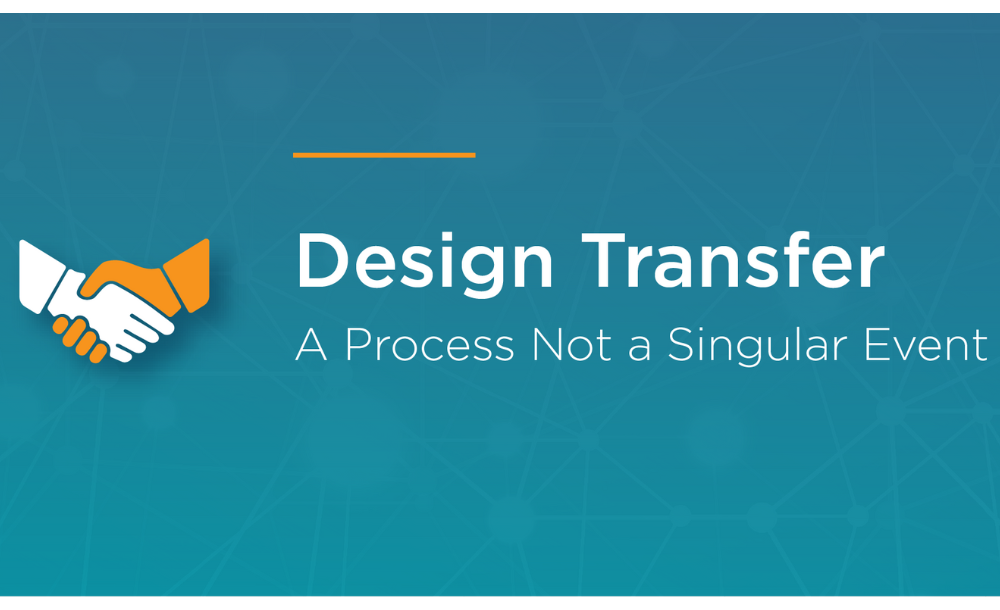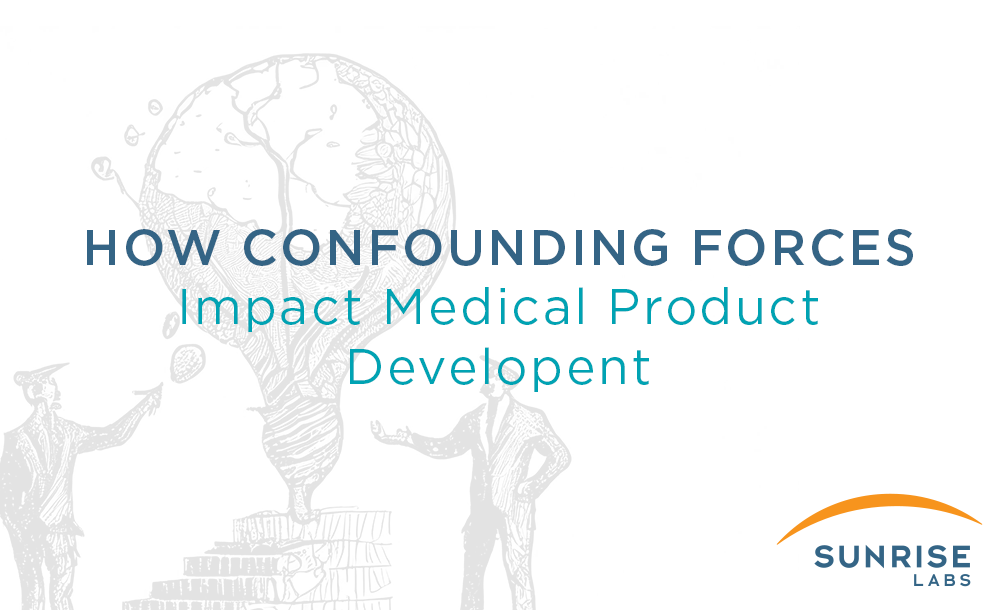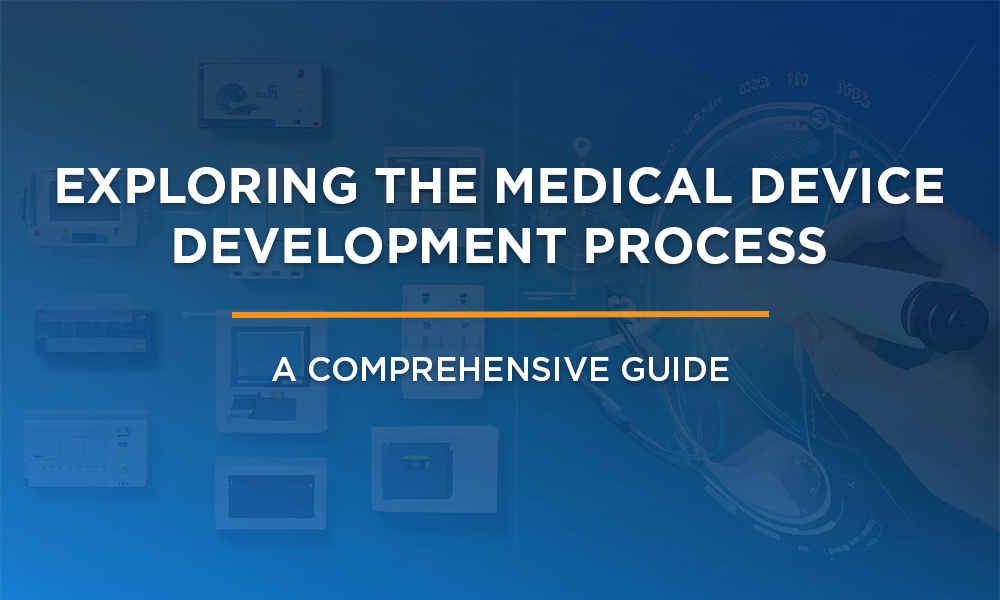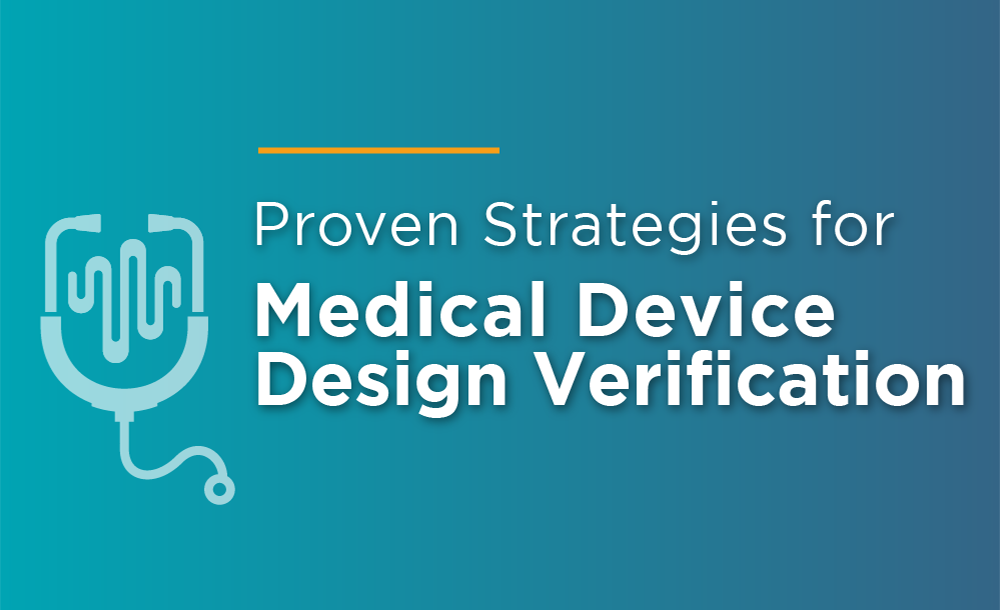In the development process for medical devices, there comes a point when products transfer from design to production.
Often this step doesn’t go as smoothly as it should and the project budget and schedule are adversely impacted. Companies may view design transfer as a one-time event, rather than an essential part of an ongoing process.
During the product development process, the Research and Development (R&D) team is under a tight deadline. They may not have the necessary resources or take sufficient time to create proper documentation. Team members may need to make decisions quickly without fully considering how they could take proactive steps to ensure design transfer will go more smoothly. Subject matter experts on the team may only focus on critical design decisions required to make the product work, without regard for manufacturing. Let’s take a look at some ways to improve design transfer.
Look at Design Transfer as a Process Rather than a Single Event
Design transfer is an integral part of the product development process, from conception through final manufacture. Highly reliable, cost-efficient medical devices require proper design transfer, and that starts with Design for Manufacturability (DFM) and Design for Manufacturing and Assembly (DFMA). In DFM and DFMA the focus is not only on the design itself, but also on the assembly method, ensuring manufacturing readiness for building Beta units, pre-production clinical units, and the pilot program. When the R&D team considers these factors and performs in-process testing, it can significantly improve product quality and reduce the overall cost of manufacturing.
Using DFMA
The goal of DFMA is simple: to transfer product design into viable, robust production methods. To succeed, the team must establish and maintain procedures that ensure the device design translates into production specifications, including final test acceptance. The transfer should negate and/or identify remaining risks such as single-sourcing, long lead items, build timelines, and line/tooling capacity.
A Design Ready for Transfer
- Can be built reliably using known and proven manufacturing and assembly processes
- Includes supporting cell/line qualifications through manufacturing validations such as Operational Qualification (OQ) and Performance Qualification (PQ)
- Specifies and documents any inspection aids, assembly fixtures, and custom tools required for manufacture
- Confirms completed agency testing and production target hardware meets regulatory requirements such as FDA, UL, and CE
- Includes a complete product Bill of Material (BOM) that has been fully costed up to the customer Stock Keeping Unit (SKU) level
- Includes packaging, labeling, and Instructions for Use (IFU)
At Sunrise Labs, we see Design Transfer as an integral process beginning early in the life of a product with many crucial steps for success. Communication between key stakeholders early and often is critical to turn innovative ideas into commercial medical devices.
FAQ’s
1. Why is design transfer a critical step in medical device development?
- It ensures a smooth transition from product design to full-scale manufacturing.
- Proper design transfer minimizes delays, budget overruns, and quality issues.
2. Common mistakes companies make during design transfer:
- Viewing it as a one-time event instead of an ongoing process.
- R&D team prioritizing speed over creating thorough documentation.
- Design decisions made without considering manufacturability.
3. How to improve design transfer success:
- Integrate design transfer throughout the development process, from concept to production.
- Implement Design for Manufacturability (DFM) and Design for Manufacturing and Assembly (DFMA) principles.
- Consider assembly methods and in-process testing during the design phase.
4. What are the goals of DFMA?
- Develop a product design that translates well to efficient and reliable manufacturing processes.
- Establish clear procedures for production specifications, testing protocols, and risk mitigation.
5. Characteristics of a design ready for transfer:
- Can be built using established manufacturing and assembly techniques.
- Supports manufacturing validations (OQ, PQ) for production lines and equipment.
- Includes specifications for any necessary inspection tools, assembly fixtures, or custom tools.
- Meets regulatory requirements (FDA, UL, CE) for testing and production hardware.
- Includes a complete Bill of Materials (BOM) with costs calculated to the final product level.
- Covers packaging, labeling, and Instructions for Use (IFU).

